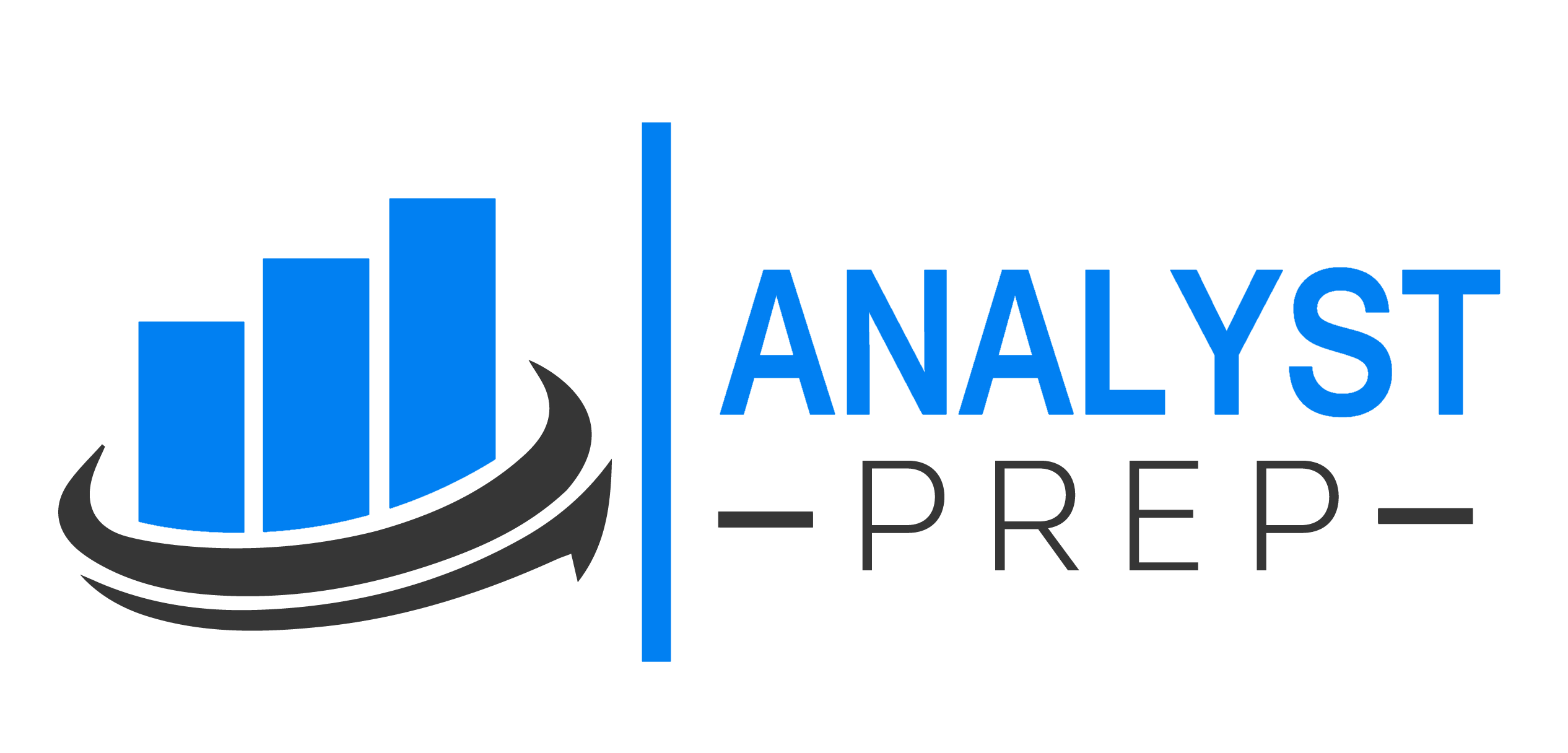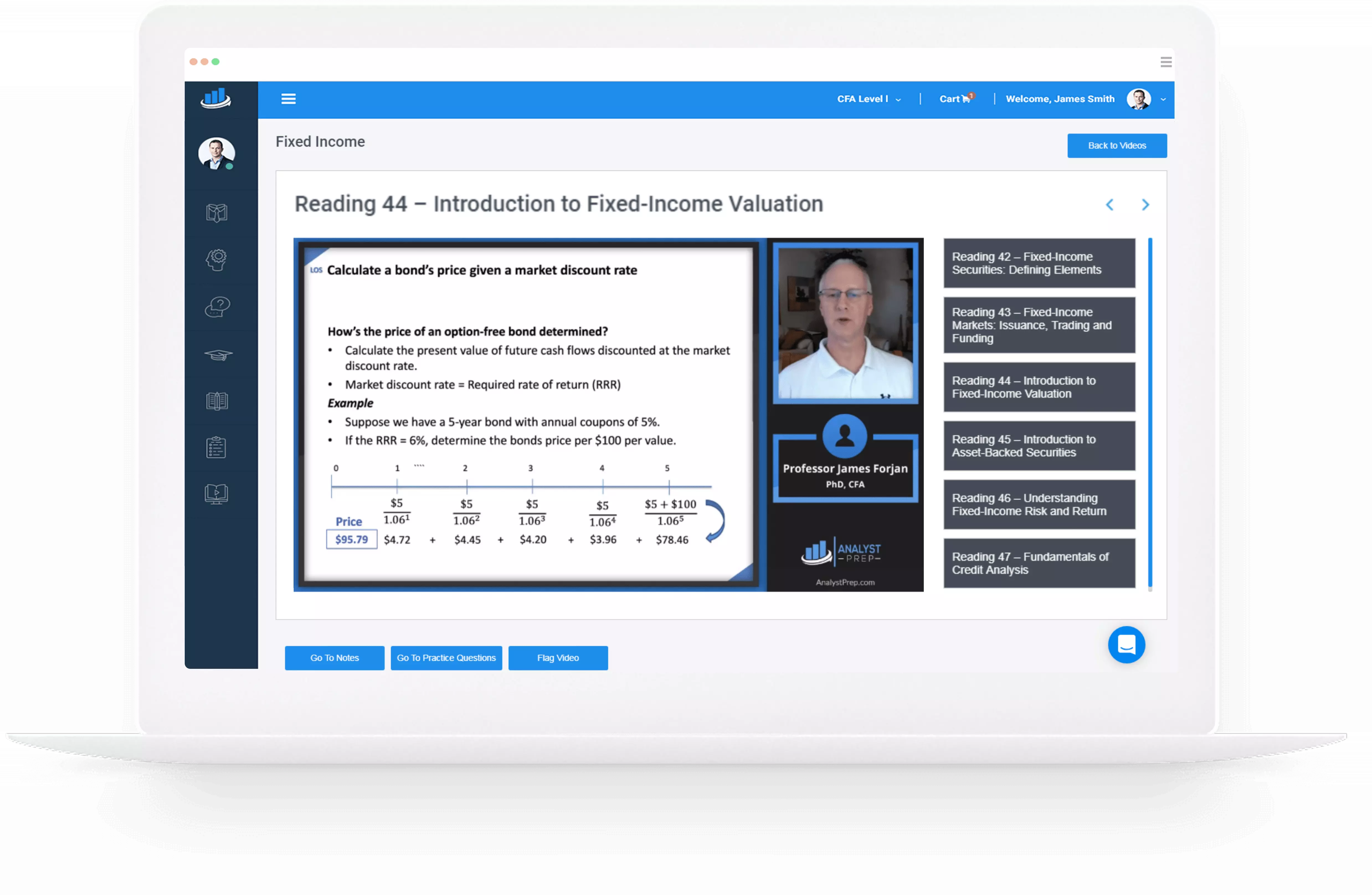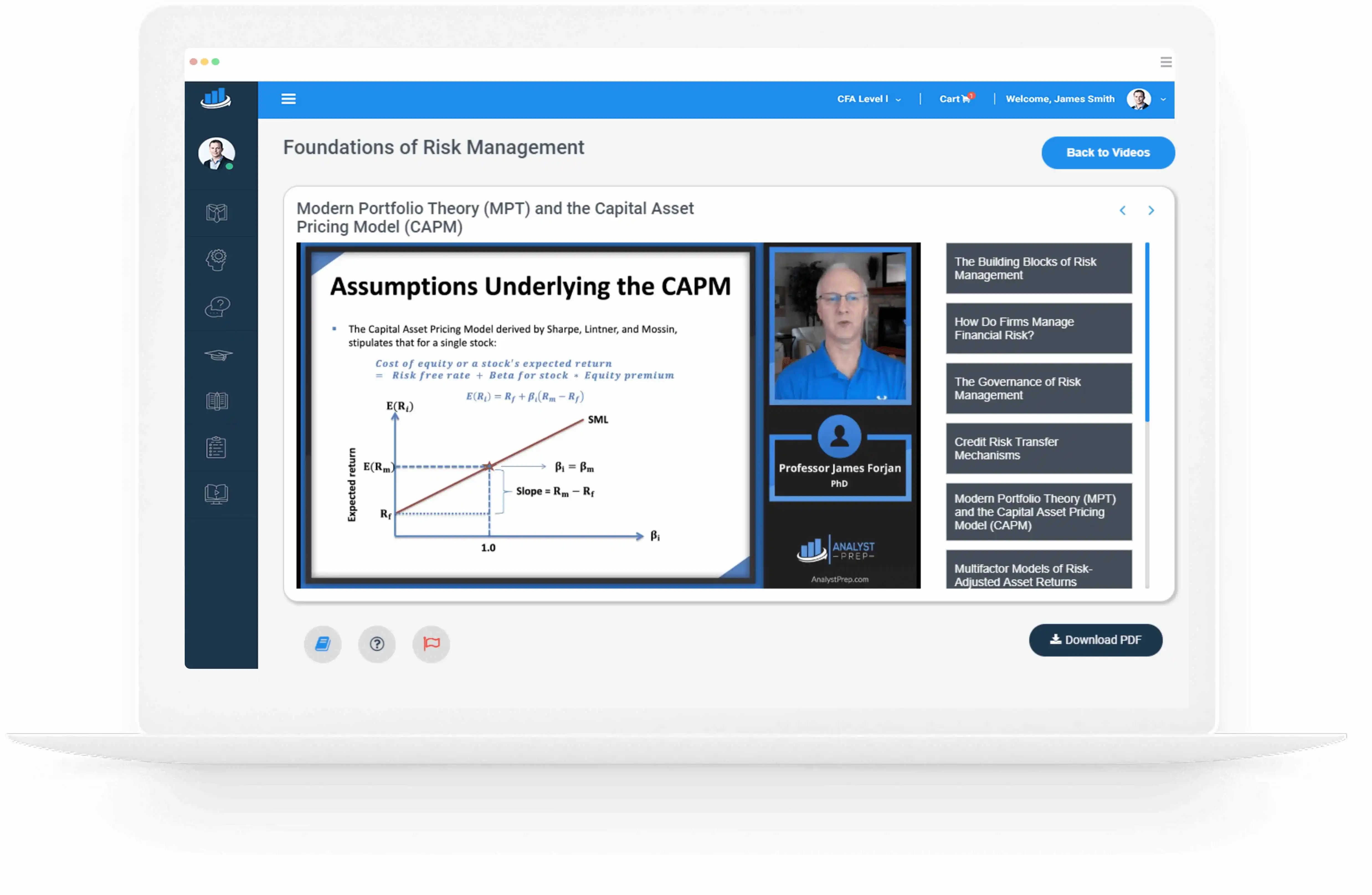Seniority Rankings, Recovery Rates, and Credit Ratings
Debt seniority is the system that determines the priority of payment when a company defaults. Debt obligations vary in seniority. Some companies have simple capital structures, while others, especially those in industries impacted by regulations or acquisitions, have complex debt…
Financial Ratios in Corporate Credit Analysis
Financial ratios derived from quantitative factors enable credit analysts to gauge a company’s financial health, spot trends, and conduct comparisons within and across sectors. The focus is primarily on three critical areas: profitability, coverage, and leverage. Profitability Ratios EBIT Margin…
Assessing Corporate Creditworthiness
Creditworthiness of a Company The main factor in assessing a company’s creditworthiness is its capacity to generate profits and cash flow adequate to fulfill its interest and principal obligations. This is a crucial aspect of a company’s financial health and…
Sovereign and Non-sovereign Government Debt
Sovereign and non-sovereign entities use debt issuance to finance their operations. In contrast to corporate bonds, these debts are utilized for fiscal projects and to meet budgetary needs. These needs may encompass essential public services such as transportation infrastructure, healthcare…
Factors Influencing Yield Spreads and Volatility
Corporate bonds and other debt with higher credit risk typically have higher yields compared to default-free bonds like US Treasuries. These yield differences, measured in basis points, can widen due to factors such as declining creditworthiness (credit migration or downgrade…
Credit Ratings: Uses and Limitations
Credit Rating Agencies Overview Major credit rating agencies like Moody’s, Standard & Poor’s, and Fitch Ratings critically influence credit markets. They evaluate issuer credit risk using quantitative and qualitative methods, resulting in credit ratings for most corporate and sovereign bonds….
Understanding Credit Risk
Credit risk arises when there is a potential for a borrower to default on their obligations, specifically by failing to fulfill their interest and principal payment obligations on a bond or loan. This particular risk, which originates from a contractual…
Empirical Vs. Analytical Duration
Analytical duration utilizes mathematical models, assuming credit spreads and government bond yields are uncorrelated and independent. It is a solid method for estimating the bond’s price-yield relationship in numerous situations. On the other hand, empirical duration relies on historical data…
Key Rate Duration
Key rate duration (partial duration) is a financial metric that measures the sensitivity of a bond’s price to changes in interest rates at specific points along the yield curve. On the other hand, effective duration gauges sensitivity to overall parallel…
Bond’s Percentage Price Change Using Curve-based Duration and Convexity
Effective duration and effective convexity are curve-based metrics that are crucial for assessing the interest rate risk of complex instruments, such as those with embedded contingency provisions. These metrics are typically determined from bond prices derived using an option valuation…




